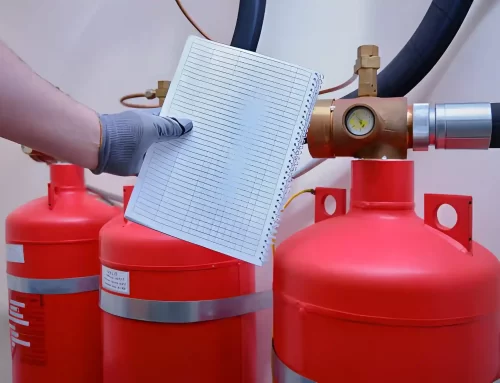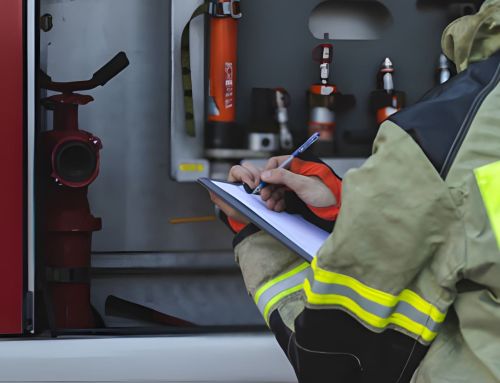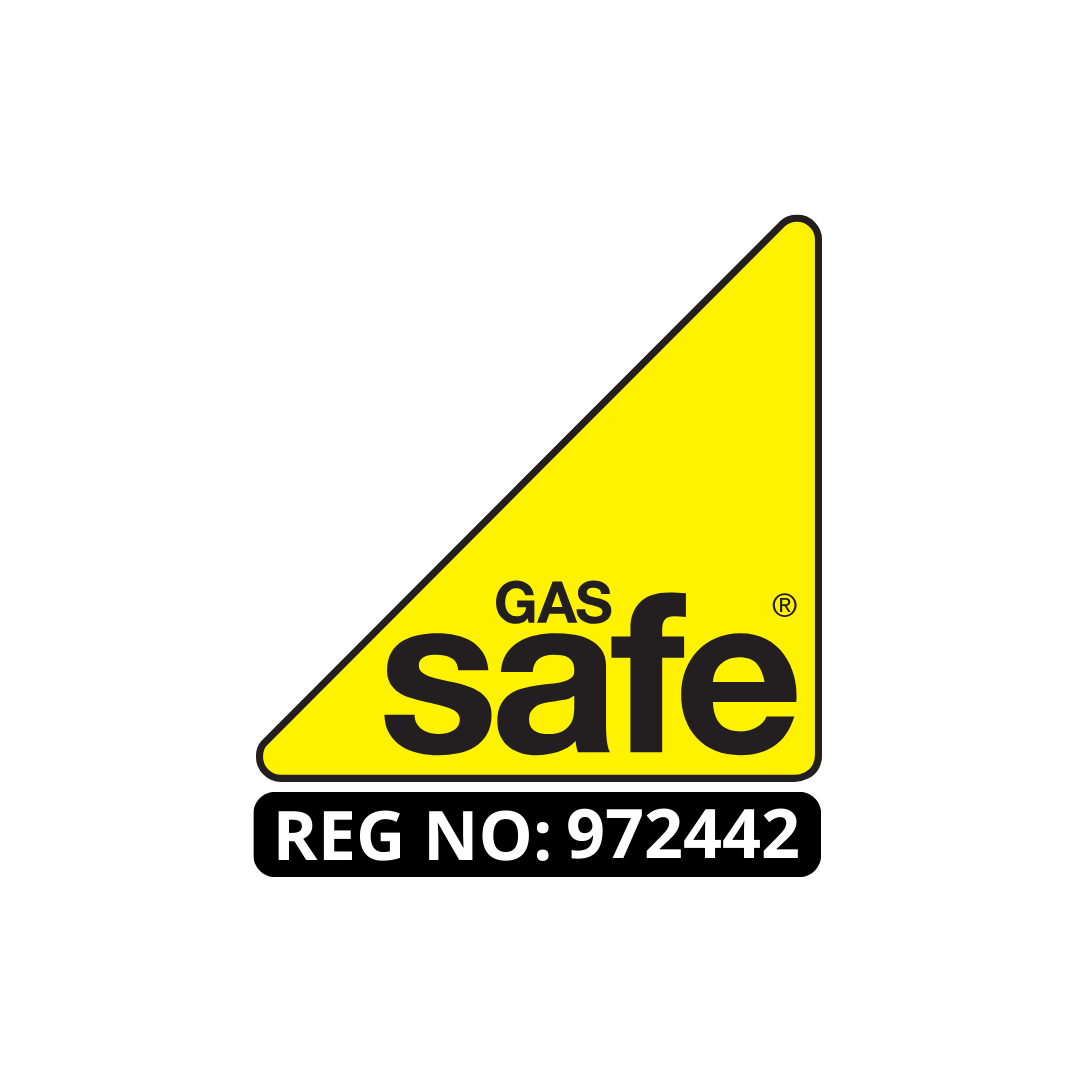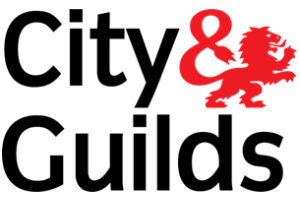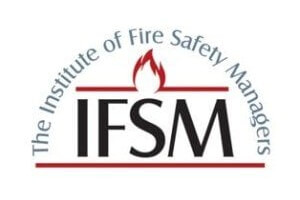
A fire service fire risk assessment forms a dependable foundation for structured safety planning in every type of property. A clear process strengthens risk identification and prevents overlooked faults from rising into dangerous outcomes. National safety reports stated that a large percentage of past incidents originated from minor issues such as damaged fittings, blocked pathways, or weakened fire doors. A fire risk assessment provides a sequence of assessments that pinpoint problems via hands-on review, observation, and recorded measurements. A case from the national archives described how early detection of insulation failure prevented a major increase during an electrical issues event. Stronger planning develops once assessment notes highlight areas that demand immediate correction. A risk assessment for fire raises awareness about hidden patterns that compromise safety when inspections remain inconsistent. A fire assessment contributes to long-term safety confidence in every operational cycle.
Key Takeaways
- 1. Fire service inspections highlight risks before they intensify
- Risk assessment strengthens emergency preparedness across all areas.
- Regular inspections improve operational reliability and system performance.
- Documentation provides clear evidence for maintenance and regulatory compliance.
- Hidden faults such as worn seals or heat-stressed cables are detected early.
- Preventive measures reduce incident likelihood and reinforce safety.
- Trends from repeated assessments guide long-term planning and repairs.
- Structural and compartment weaknesses are highlighted to avoid escalation.
- Consistent evaluation processes maintain alignment with national safety regulations
10. Fire service assessment builds resilience and confidence across properties.
Essential Principles Behind Strong Fire Assessment Practices
A fire service assessment operates through structured principles that focus on accurate data collection, real risk interpretation, and clear maintenance direction. Follow the recognized industry standards that evaluate explosion sources, escape routes, emergency appliances, and compartment integrity. National surveys reported that compromised compartmentation influenced the spread of flames in a significant percentage of investigated cases. A notable example involved a facility where a minor gap in a firewall was recorded during a routine inspection. Evidence later confirmed that the early repair prevented a more intense spread during a later heat event. A risk assessment for fire identifies weaknesses that occur after repeated mechanical stress, temperature changes, and routine wear. Stronger operational planning follows from documented assessments. A fire service assessment provides a reliable structure that supports responsible long-term management.
System Evaluation Through a Fire Service Assessment
A fire service fire risk assessment examines systems that support safe performance in emergency conditions. Suppression devices, fire doors, electrical fixtures, and routes used during evacuation. National data highlighted that broken alarms contributed to delayed response times during previous incidents. A recorded case demonstrated how early identification of a corroded alarm connection prevented failure during a later emergency. A risk assessment brings attention to progressive deterioration that remains unseen without expert review. Structural surfaces may display faint heat marks that signal internal tension or insulation weakness. Compartment pressures may shift after prolonged usage of ventilation systems. A fire risk assessment captures these patterns in a documented format that provides actionable insights. Stronger resilience forms once reliable evidence directs teams toward safer maintenance decisions.
Documentation Standards That Support a Fire Risk Assessment
A fire service fire risk assessment strengthens its value when documentation stays clear, consistent, and traceable. Its frameworks emphasize precise recording because each observation influences safety decisions. Reports from industry regulators explained that properties using structured documentation faced fewer emergency interventions during many-year periods. A relevant example involved a facility that implemented standardized notes for its inspection cycles. Inspectors observed that early signs of centering on several fire doors repeated over time. Documentation revealed the trend and prompted timely upgrades before the strain compromised door stability. A risk assessment for fire gains credibility when records reflect genuine conditions without gaps. Strong documentation assists long-term planning. A fire service fire risk assessment aligns operational teams with established safety expectations that protect property and occupants.
Maintenance Planning Supported Through a Fire Assessment
A fire service fire risk assessment supports maintenance teams by highlighting task priority levels across different zones. It is known that national guidance states that scheduled maintenance limits the growth of risks related to heat, pressure, and electrical load changes. An illustrative example helps the concept. A large facility once showed repeated flickers within an emergency lighting system. Inspectors recorded the issue under an urgent category due to concerns raised in previous national cases involving similar fluctuations. An assessment for fire helps identify patterns that show strain in electrical or mechanical systems before failure occurs. Clear insights help maintainers act within safer timeframes. A fire service assessment forms a reliable guide that supports structured planning cycles designed to reduce risk levels during daily operation and emergency conditions.
Boosting Efficiency Through Fire Safety Evaluation
A fire service fire risk assessment influences daily operations inside properties. It is important to know that many risks arise from routine activities rather than major structural faults. National reports indicated that poorly arranged storage areas contributed to several preventable fire events. A practical example strengthens understanding. A facility once placed heat-sensitive materials near a mechanical exhaust zone. Inspectors found early signs of surface stress on those materials. Recorded notes prompted immediate relocation and avoided a severe risk. A risk assessment identifies patterns that increase risk even when systems remain structurally sound. Organizational teams gain sharper awareness of safe pathways, appliance zones, and emergency access points. A fire service fire risk assessment establishes a disciplined environment where each action follows a clear safety reason.
Structural Protection Strengthened Through a Fire Assessment
A fire assessment involves structural protection by identifying material weaknesses, seal failures, and ventilation imbalances. It is important to know that structural components influence flame spread speed and smoke movement. National investigations revealed that worn seals allowed smoke to travel through compartments in numerous previous incidents. Inspectors recorded the issue and guided repairs that restored its protective function. An assessment for fire supports safer compartments during real emergencies. Strong evaluation reveals where components weaken gradually due to pressure shifts, humidity cycles, or old. A fire service fire risk assessment creates reliable insight that ensures long-term structural integrity across operational environments.
Compliance Strength Built Through a Fire Service Fire Risk Assessment
A fire service fire risk assessment aligns properties with national safety regulations and inspection requirements. Know that official codes require consistent analysis of fire systems, protective barriers, and access points. National statistics revealed that properties following routine assessment cycles achieved stronger compliance outcomes. A notable example showed how an organization reduced repeat inspection findings after adopting structured assessment intervals. A risk assessment for fire exposes hidden non-compliance issues such as outdated extinguishers, blocked routes, or degraded insulation. Recorded evidence directs correction promptly. A fire service fire risk assessment ensures alignment with recognized safety expectations that reduce legal safety concerns and support sustained operational performance.
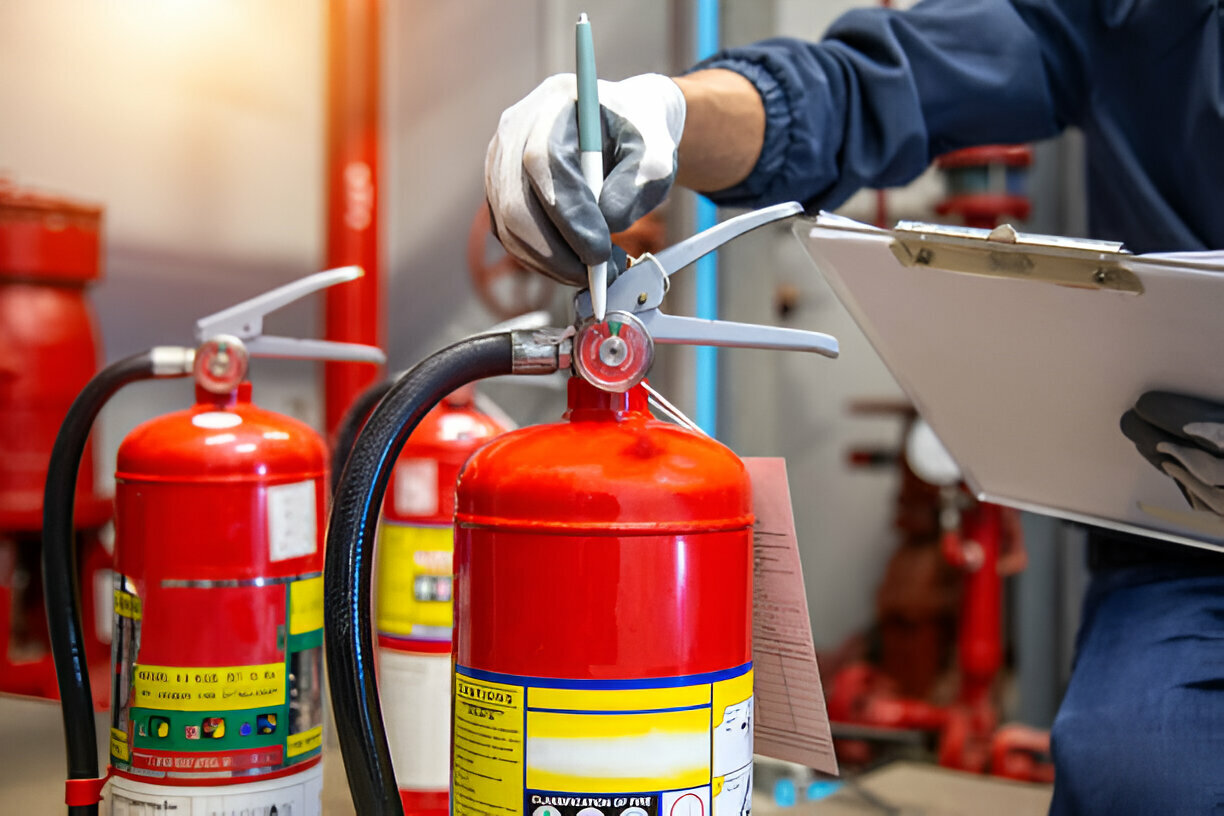
Enhancing Emergency Response Through a Fire Assessment
A fire service fire risk assessment strengthens emergency response planning by providing clear insight into escape routes, alarm functionality, and firefighting appliance placement. Accurate assessment identifies weak points in emergency readiness before they lead to preventable accidents. An applicable example involved a facility where minor misalignment of a fire exit door was recorded. Corrective action ensured that the door operated reliably during a later simulated evacuation, preventing congestion. A risk assessment offers a practical framework for improving drills and verifying alarm response. Emergency teams gain confidence from structured observations, as they understand system limitations and potential delays. Clear documentation allows continuous monitoring of operational readiness. Fire service fire risk evaluations also help prioritize upgrades to detection devices, emergency lighting, and exit signs. Strong emergency planning emerges once each inspection informs operational procedures, ensuring quicker, safer reactions when incidents occur.
Identifying Hidden Risk with a Fire Risk Assessment
A fire service fire risk assessment reveals hidden risks that remain unnoticed under routine inspection. It is important to know that subtle faults such as heat-stressed cables, deteriorating seals, or misaligned doors often precede serious incidents. National reports showed that unrecorded minor defects contributed to a high percentage of fire spread cases. A documented case concerned a facility where faint smoke marks near an electrical panel prompted inspection. Observers identified overheating in a concealed conduit that could have led to a major event. A risk assessment brings attention to weak points that develop gradually due to temperature fluctuations, usage strain. Properly documented findings allow teams to take preventive measures that reduce long-term risk exposure. A fire service fire risk assessment guides property managers in prioritizing repairs and monitoring high-risk areas. Early identification reduces emergency interventions and supports safer environments for occupants. Repeated analysis ensures that patterns of deterioration do not increase. Continuous observation through structured assessment maintains operational stability and the effectiveness of fire prevention strategies.
Improving System Reliability Through a Fire Risk Assessment
A fire service fire risk assessment strengthens system reliability by evaluating alarms, suppression systems, emergency lighting, and fire barriers in a structured manner. It is important to know that failures in these systems often result from minor, gradual issues that remain unnoticed without formal inspection. National statistics indicate that properties lacking consistent assessment cycles reported higher rates of wrong alarms and delayed responses during incidents. A small obstruction in a sprinkler nozzle was identified during routine assessment. Corrective action restored full functionality and prevented system failure during later testing. A risk assessment provides clear guidance on critical components requiring maintenance or replacement. Structured evaluation identifies repetitive stress, wear patterns. A fire service fire risk assessment allows teams to plan maintenance cycles based on factual responses. Strengthening reliability reduces emergency risks, improves occupant confidence, and ensures that safety systems perform as intended when incidents occur. Continuous review of operational resilience across the property.
Implementing Preventive Strategies with Fire Risk Reviews
A fire service fire risk assessment encourages preventive measures by identifying risk before it grows into a serious incident. Recognizing minor defects, such as weak seals. Where minor heat damage near an electrical panel was detected. Timely intervention prevented a potential explosion and maintained occupant safety. A risk assessment helps operational teams prioritize maintenance actions, adjust safety protocols, and monitor high-risk areas continuously. Structured evaluation provides factual insight into system weaknesses, allowing preventive steps to become part of standard operational routines. Over time, repeated assessments embed a culture of proactive safety, reducing incident likelihood and the property’s overall resilience against fire risk.
Frequently Asked Questions
A fire safety assessment evaluates potential risk, inspects appliances, and checks escape routes. It helps property managers plan preventive actions and maintain operational safety.
Exit pathways, alarms, doors, electrical systems, and compartmentation are the most critical. Focusing on these areas ensures reliable protection during emergencies.
Identifying minor faults such as damaged doors, obstructed exits, or faulty wiring early allows corrective measures before they develop into major problems.
Frequent evaluations track deterioration, improve readiness, support compliance, and support comprehensive safety standards for the property.
Preventive action ensures risks are addressed promptly, systems remain operational, and safety measures continue to protect occupants effectively.
Conclusion
A fire service fire risk assessment offers a systematic approach that enhances both fire safety and operational reliability. Regular evaluations are crucial, as they reveal potential risk before it worsens and help ensure that all emergency systems continue to operate effectively. Consistent application of a risk assessment for fire promotes preventive action, supports regulatory compliance, and guides maintenance planning. Documented findings create reliable evidence that informs long-term safety strategies. Strong insights from assessment cycles improve operational decision-making and reduce incident likelihood. Overall, a fire risk assessment builds resilience, improves protection measures, and ensures sustained safety across every property.


